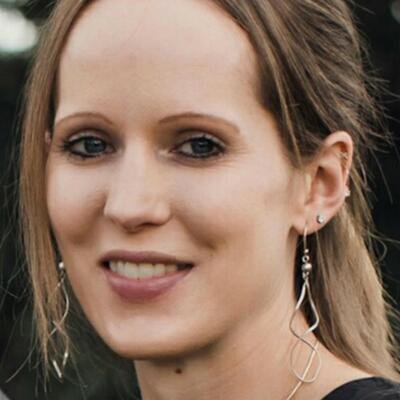
With most schools in the U.S. following a nine-month calendar, it’s easy to assume that’s how all schools are. But in some districts, the calendar looks completely different.
In fact, of the just under 133,000 K-12 schools in the U.S., around 3,200 run a year-round calendar. Having no summer break may sound awful at first blush, but many year-round calendar options consist of the same number of student-contact days as the calendar we’re used to. Breaks are just distributed throughout the calendar year.
Most of us won’t get to experience year-round schooling firsthand, but it’s worth taking a moment to understand different educational structures as we work to become well-rounded educators. Here are the pros and cons of a year-round school.
Pros
- Year-round school provides a more structured environment, one of consistency and positivity, for students with unsupportive or unstable homes. The safety and dependability that school offers doesn’t stop with the onset of summer.
- When schools close for the summer, achievement gaps increase and students experience a decline in academic skills and social-emotional health. Even the most prepared parent will find it hard to combat this summer slide. Low-income students are especially prone to these negative effects. Year-round school takes away the threat posed by the summer slide.
- Summer slide is also the reason why teachers spend the first month of school reviewing what was previously taught. Less instructional time is spent on review in year-round schools.
- Teaching at a year-round school means receiving a year-round salary. This is a pro that any teacher can get behind.
Cons
- Summer vacation provides a much-needed break for teachers and students who need time to refresh rejuvenate after working hard for nine straight months.
- Spending time at the beginning of a school year explaining classroom routines and expectations can feel like a waste of instructional time. However, it gives students a chance to practice important soft skills like adapting to new procedures, handling different work styles, and learning new schedules.
- With most schools on a nine-month schedule, extracurricular activities have learned to plan their programs accordingly. Therefore, students at a year-round school may not have availability to experience certain outside activities like summer sports teams or camps.
- It costs more to run a school year-round. Along with paying staff, the school building itself will require more funds for heating and cooling to keep the school running comfortably.
It’s tough to say definitively which school structure provides the most optimal learning environment, but it’s eye-opening to consider those we may not be familiar with in our quest to be the best educators we can be.
With nine different start dates every year, it’s never a bad time to start at American College of Education. Explore all our graduate-level programs in the field of education.

